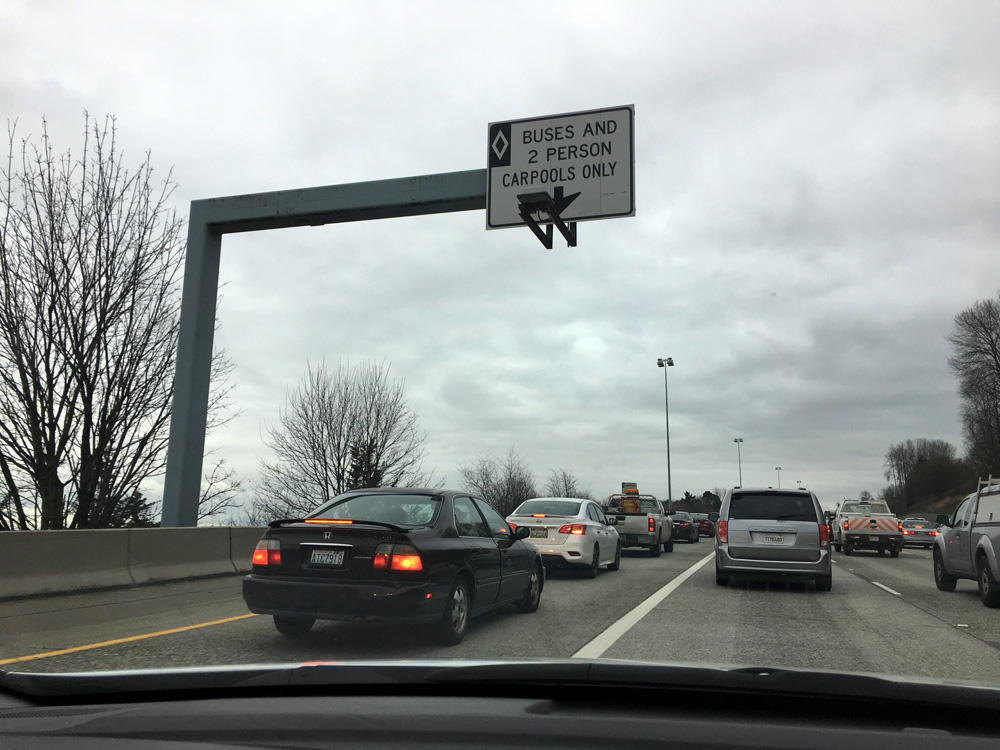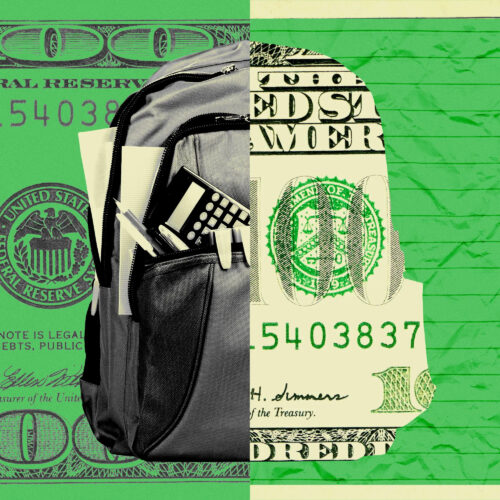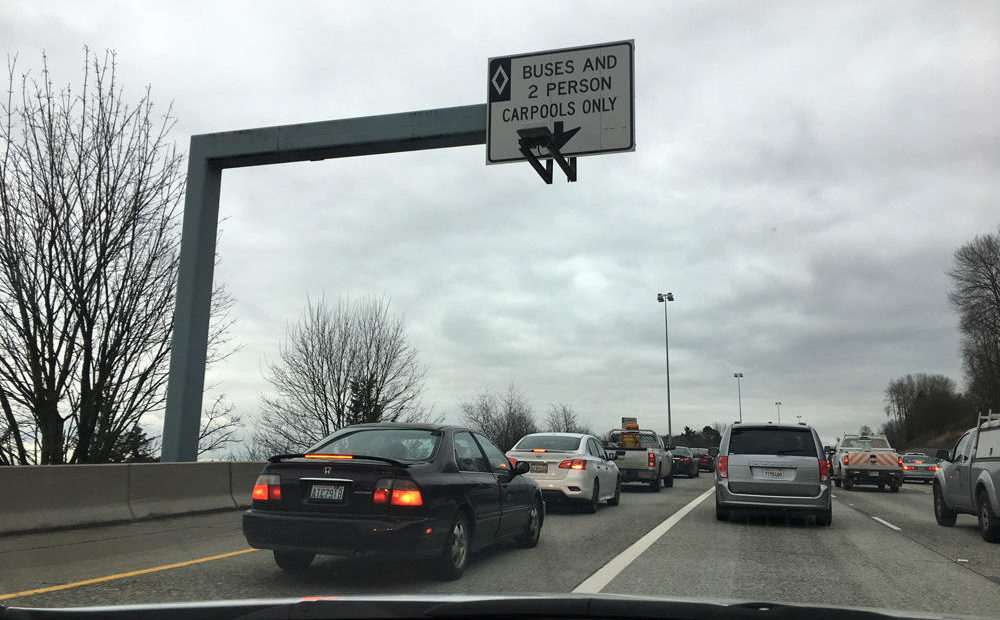
Worthy Causes Want To Get Their Solo Drivers Into Washington Carpool Lanes
Listen
With traffic congestion getting ever worse in the Seattle metro area, two classes of solo drivers are asking for permission to use the carpool lanes.
But it’s a hard sell in Olympia.
Gary Hoff volunteers once a week as a courier for Bloodworks Northwest. He drives a route between several blood warehouses, hospitals and clinics. It passes through some the Seattle area’s worst traffic.
“I went through a training class where (I learned) it’s gotta move, gotta stay cold, can’t sit unattended,” Hoff said. “This is as important as an ambulance, I would think.”
At the beginning of the afternoon rush hour, as Hoff pokes along in the general purpose lanes of the Valley Freeway, the carpool lane moves smoothly two lanes over.
“I see a sheriff go by in the carpool lane,” Hoff said. “I don’t think he has two people in there. They seem to be able to use it. I don’t know why Bloodworks can’t.”
Hoff’s employer is asking the Washington Legislature to authorize blood delivery vehicles to use the High Occupancy Vehicle lanes. Separately, the association for wheelchair capable taxicabs is asking for the same thing so its drivers can get to far flung pick ups faster.
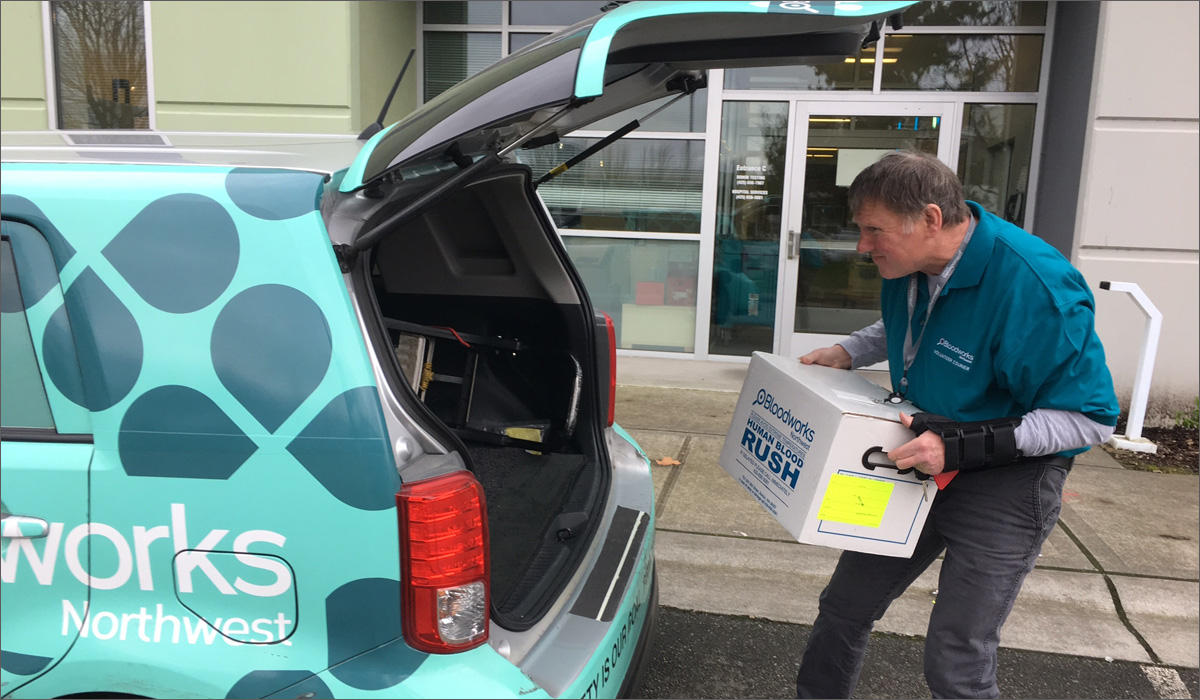 Bloodworks Northwest volunteer driver Gary Hoff picks up an urgent shipment from the blood bank in Renton, Washington. CREDIT TOM BANSE
Bloodworks Northwest volunteer driver Gary Hoff picks up an urgent shipment from the blood bank in Renton, Washington. CREDIT TOM BANSE
But there’s a reason these causes and others before them have run into a dead end. State Traffic Engineer John Nisbet told lawmakers there’s already too much demand on the Seattle area carpool lanes, which undermines a core purpose of providing fast and reliable transit service.
“Part of the challenge as we consider new uses is just the existing performance of the lanes,” Nisbet said.
Nisbet said the performance is below standard in 10 of the 12 stretches measured. The standard that the Washington State Department of Transportation aims for is travel speeds of 45 mph or better at least 90 percent of the time at peak hours.
Bloodworks Northwest said adding their 20 blood delivery couriers wouldn’t make a noticeable difference. The wheelchair accessible taxicab association says their 65 members wouldn’t either if granted access to the carpool lanes.
But the concern among some lawmakers in Olympia is that saying “yes” would open the floodgates for other requests from worthy causes.
In a presentation Monday to the state Senate Transportation Committee, Nisbet and WSDOT mobility division director Robin Mayhew described how the agency wants to unclog the carpool lanes first.
“Before opening HOV access to new classes, existing vehicle demand in HOV lanes must be managed,” one of their slides said.
Some of the strategies underway include asking the Washington State Patrol to more aggressively ticket cheaters. Another is to put more separation—or “buffers”–between the HOV lane and the adjacent general purpose lane so carpool drivers can maintain faster speeds comfortably.
Another option being studied is whether to “harden” the highway shoulder on certain interstate stretches north of Seattle for buses only.
Seattle Democratic Sen. Bob Hasagawa championed access for the wheelchair taxis. Democrat Rebecca Saldaña of Seattle sponsored the HOV lane access request from Bloodworks Northwest. Both of these categories of solo drivers steer clearly marked vehicles.
Last year, the state Senate approved the HOV lane access requests by wide margins, but the state House did not go along. House Transportation Committee Chair Judy Clibborn, D-Mercer Island, did not reply to a request for comment.
This session, Sen. Saldaña is trying a different approach by seeking to add a proviso to the 2018 transportation budget to allow blood delivery drivers in the carpool lanes. Tucking the policy change in the back of a fat budget bill means it probably gets less scrutiny, but it also means the authorization could expire when the following year’s budget takes effect.
WSDOT oversees more than 250 miles of high occupancy vehicle lanes in Washington, nearly all in the Seattle metro area. The state legislature has previously authorized motorcycles to use these lanes with just one rider aboard.
In California and some other states, electric cars can use the HOV lanes with just one person onboard.
Copyright 2018 Northwest News Network
Related Stories:
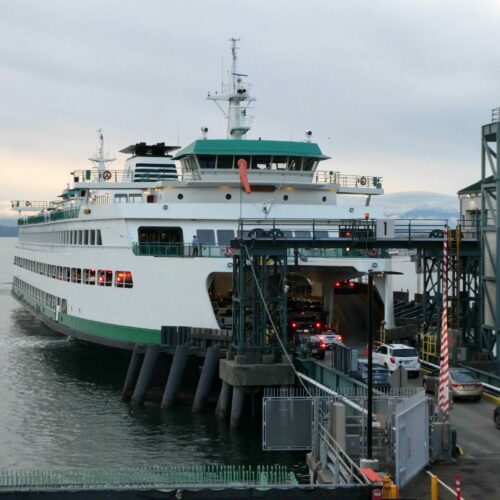
Washington ferry service to be restored to pre-pandemic levels by summer, governor says
The diesel-powered state ferry Tacoma, shown here in Seattle, will not be pulled from service anytime soon for conversion to hybrid-electric propulsion by order of Gov. Bob Ferguson. (Credit: Tom
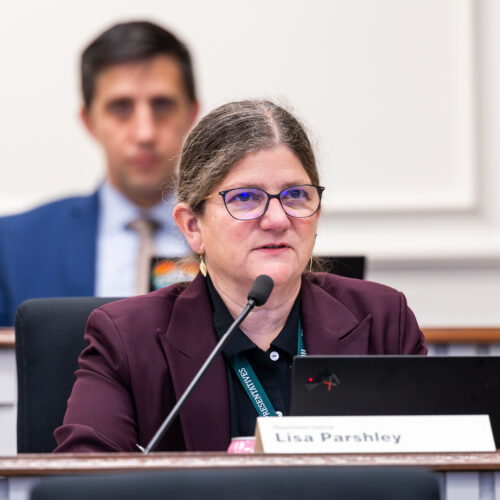
Washington bills attempt to give public workers power to bargain on AI
There are only so many things employees get to have a say over in their jobs. Which laptops or messaging app your office uses might not be your call.
For a while, decisions on the use of technology in the workplace have been up to management for public workers in Washington state, thanks to a law passed in 2002. But now, some lawmakers want to pass an exemption that would allow public sector employees to bargain on one broad and ever-changing technology — artificial intelligence.

Hundreds rally in support of immigrants at Washington state Capitol
People shouted “si se puede” or “yes we can” on the Washington state Capitol steps during an immigrants’ rights rally on Thursday, Jan. 30, 2025. (Credit: Jacquelyn Jimenez Romero /

